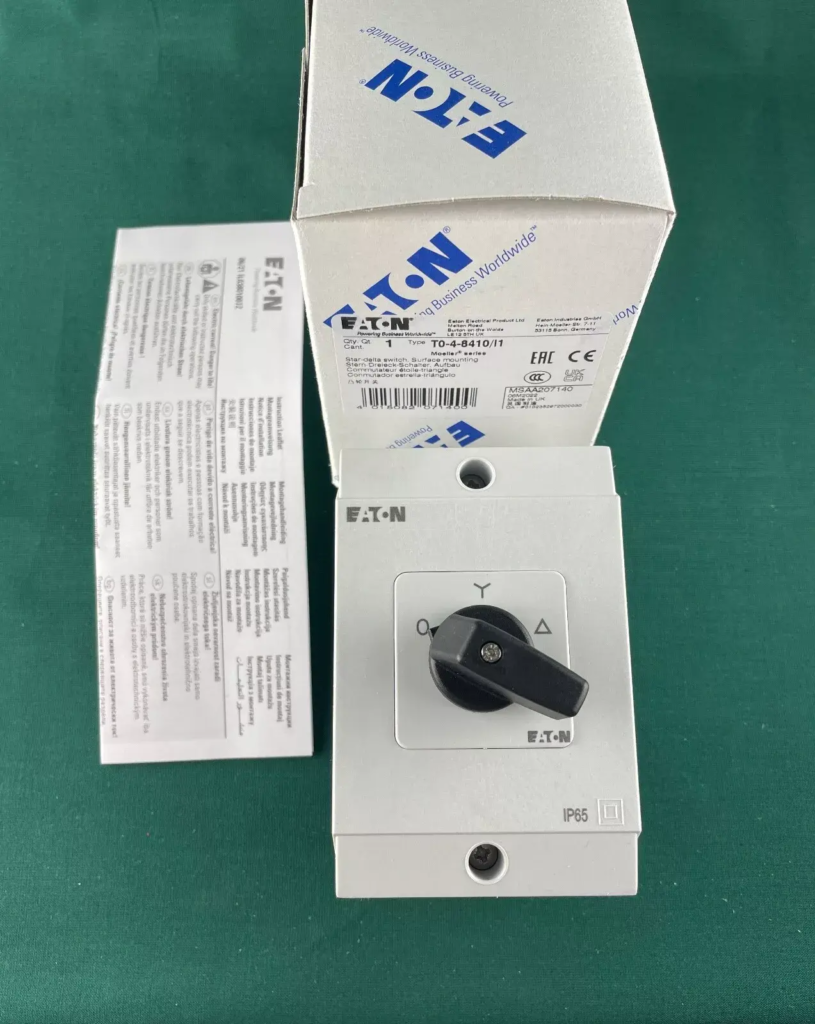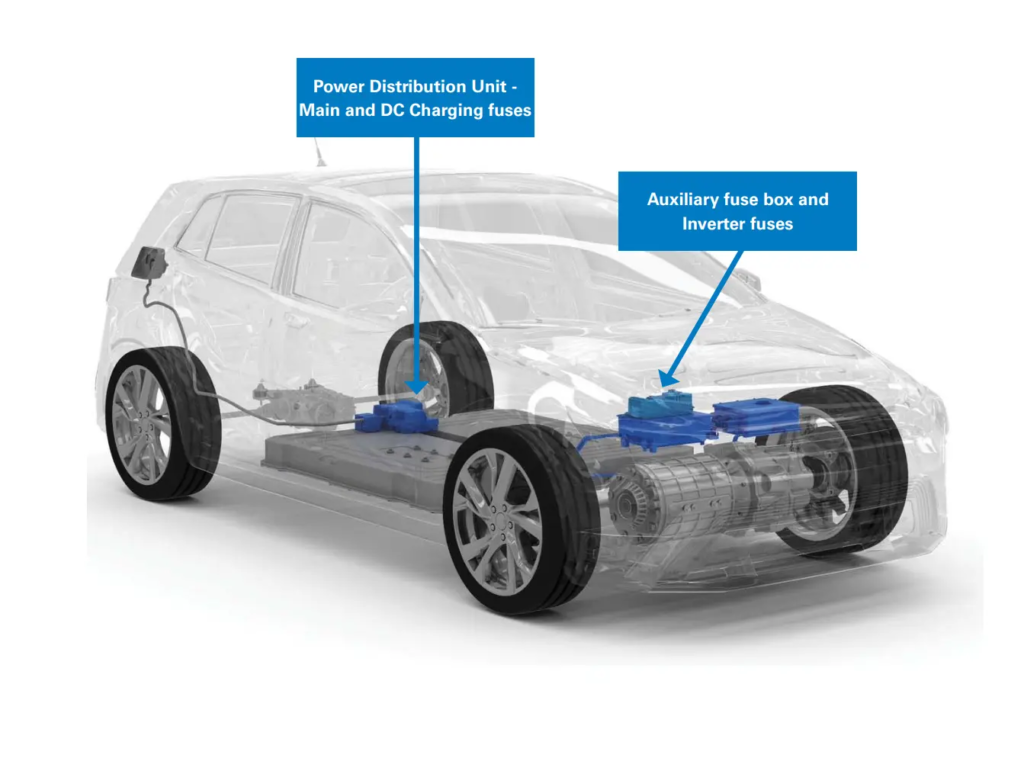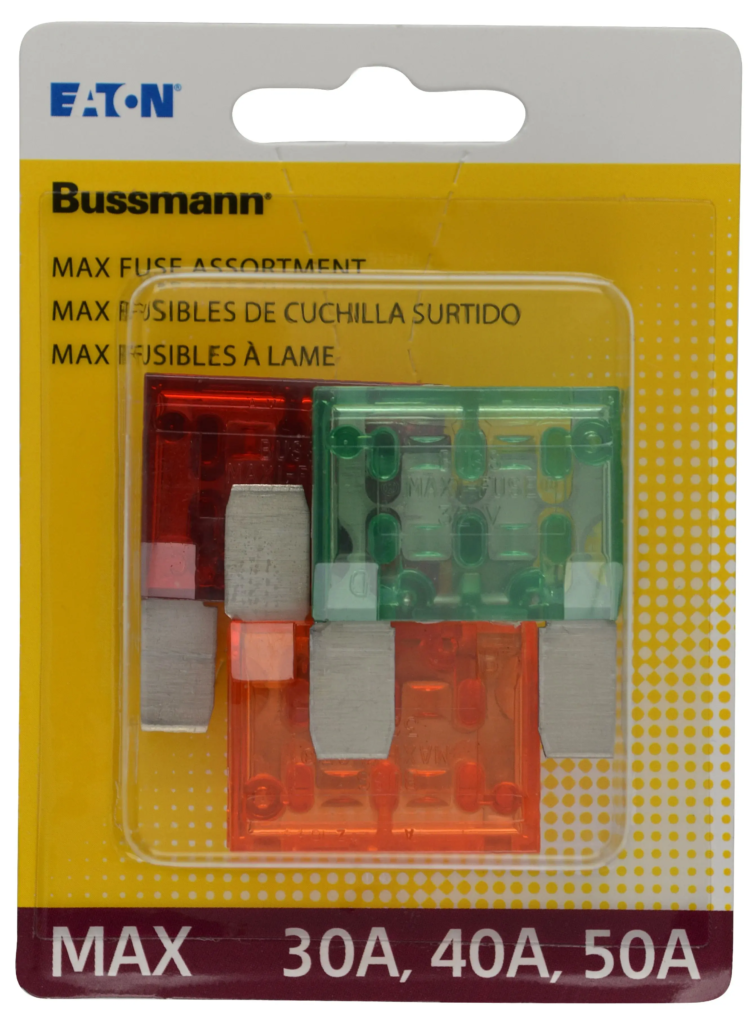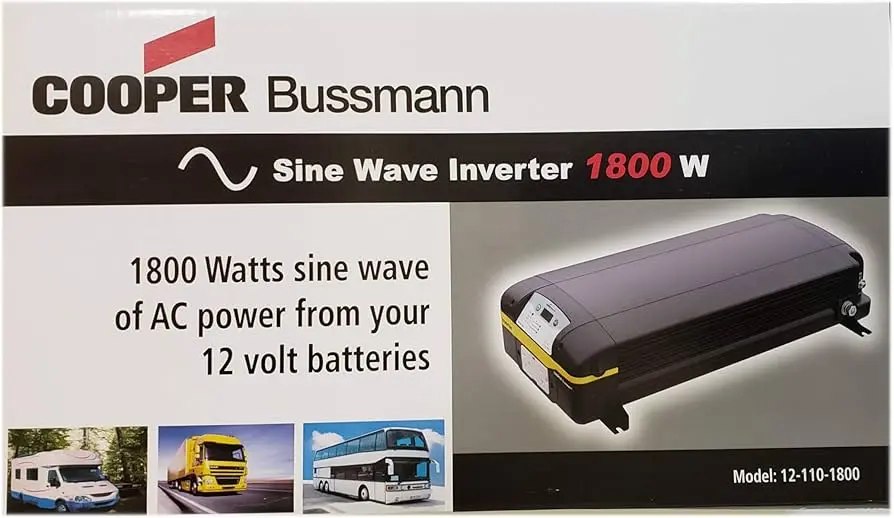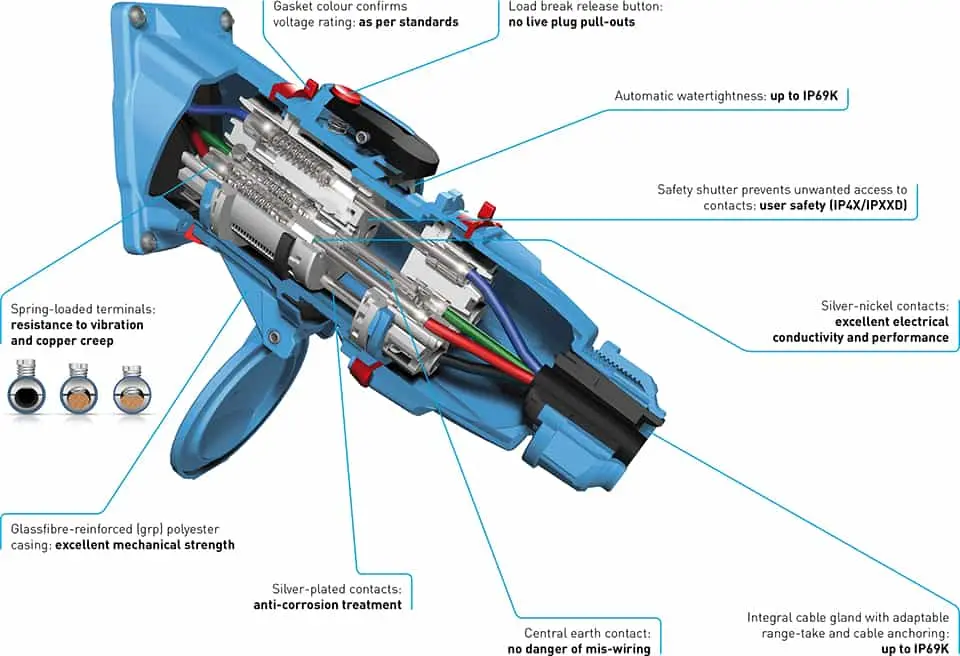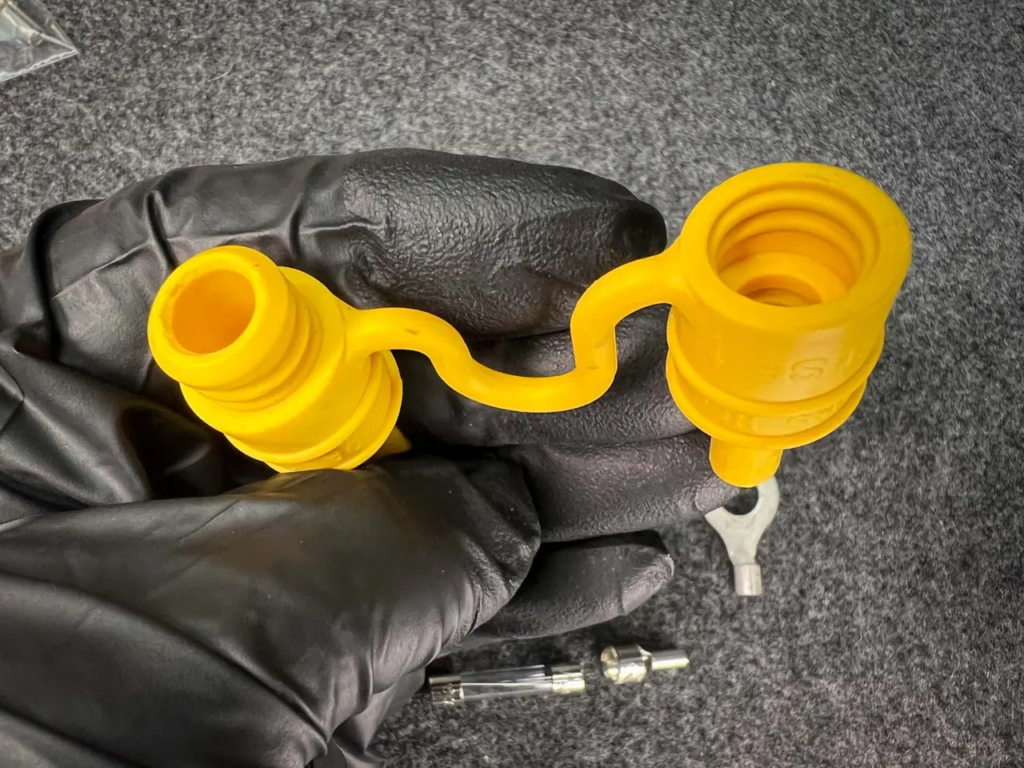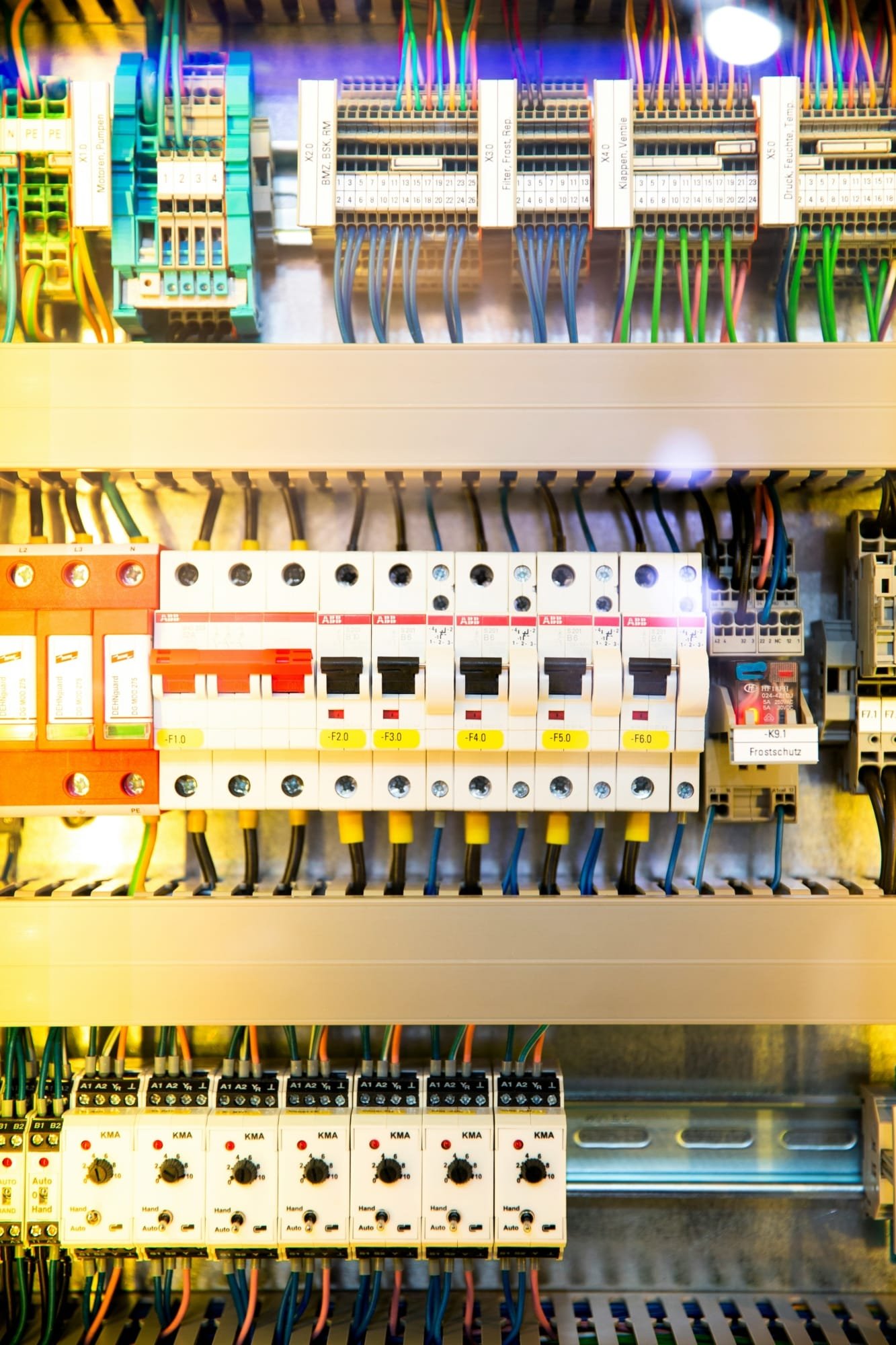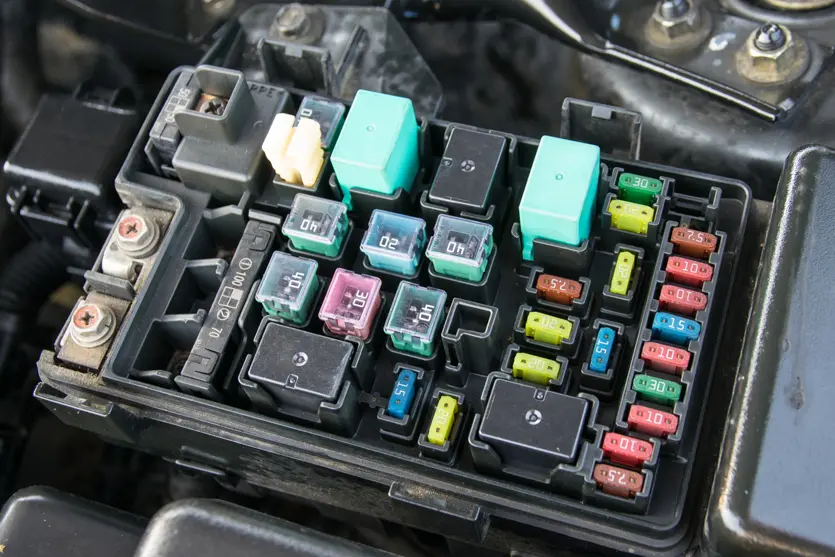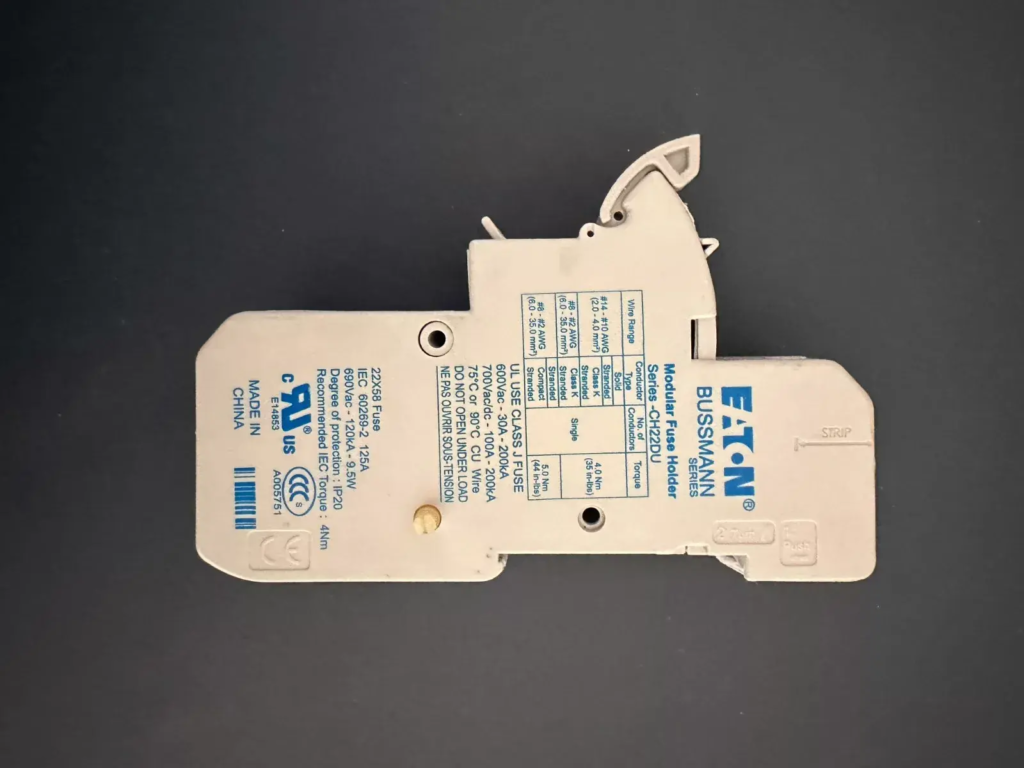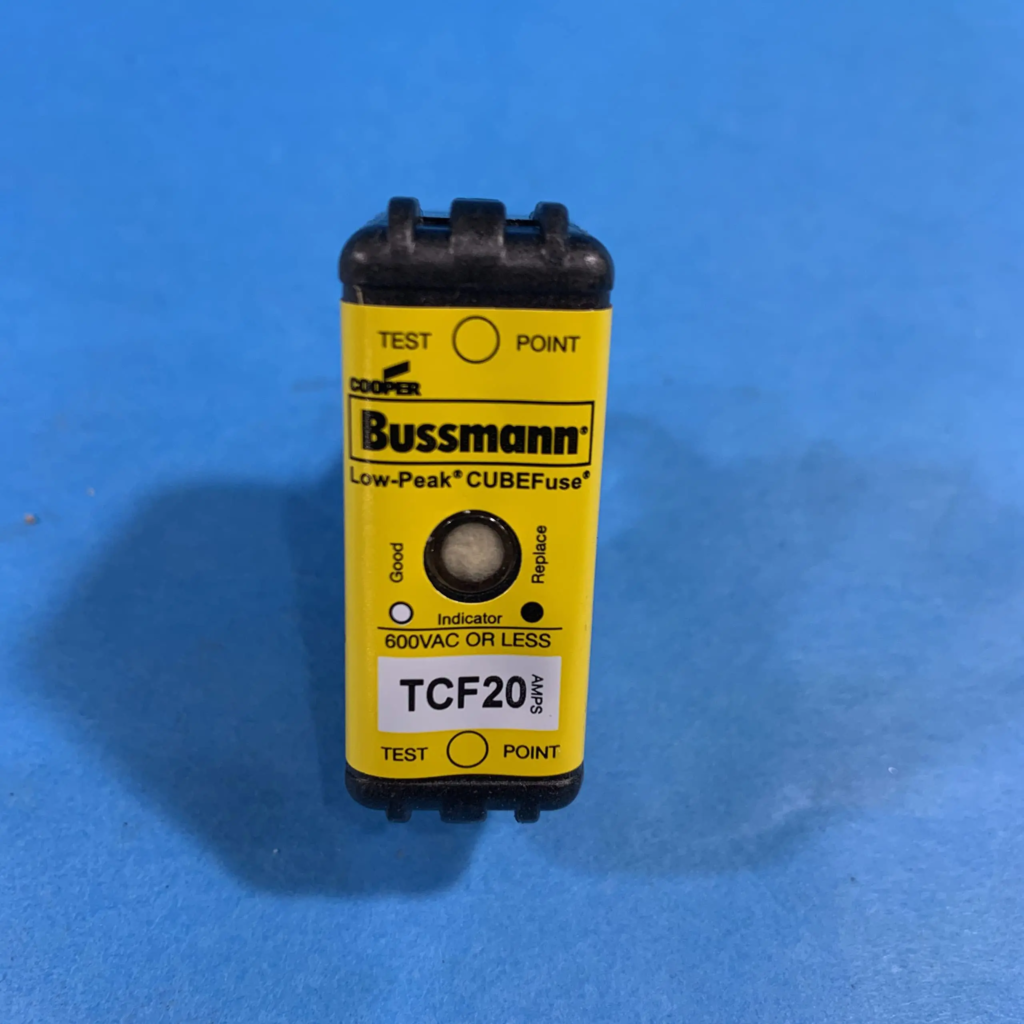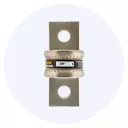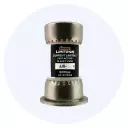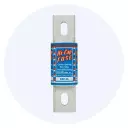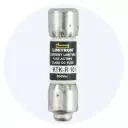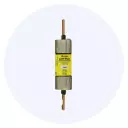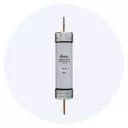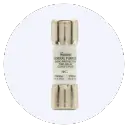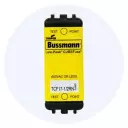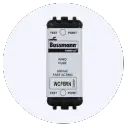Blog
Understanding Circuit Protection: Fuses vs Circuit Breakers
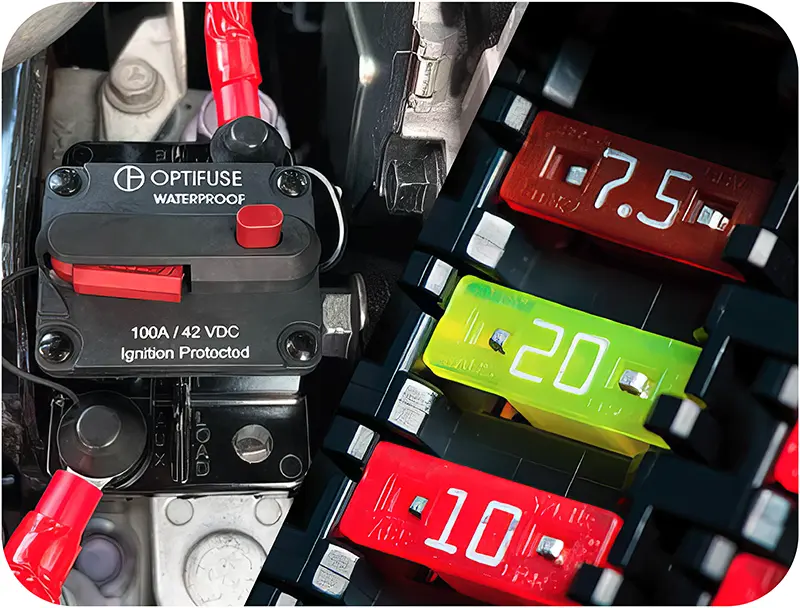
In the world of electrical systems, protecting circuits from dangerous overcurrents is paramount. Two primary devices stand at the forefront of this crucial task: fuses and circuit breakers. While both serve the essential purpose of safeguarding electrical systems, they operate in distinct ways and offer unique advantages. This comprehensive guide will delve into the intricacies of these circuit protection devices, helping you make informed decisions for your specific applications.
The Fundamentals of Circuit Protection
Before we dive into the specifics of fuses and circuit breaker, it’s essential to understand the basic concept of circuit protection. Electrical circuits are designed to carry a specific amount of current safely. When this current exceeds the safe limit due to various factors such as short circuits, overloads, or ground faults, it can lead to dangerous situations, including:
- Overheating of wires and components
- Electrical fires
- Damage to expensive equipment
- Potential harm to individuals
Circuit protection devices are designed to interrupt the flow of electricity when these overcurrent situations occur, effectively preventing these hazards.
Fuses: The Time-Tested Protectors
How Fuses Work
Fuses are simple yet effective devices that have been used for circuit protection for over a century. At their core, fuses consist of a metal wire or filament enclosed in a ceramic or glass body. This wire is designed to melt when the current flowing through it exceeds a predetermined level.
When an overcurrent occurs:
- The excess current causes the wire to heat up rapidly
- The wire melts, creating an open circuit
- The flow of electricity is interrupted, protecting the circuit
Types of Fuses
Fuses come in a wide variety of types, each designed for specific applications and current ratings. Some common types include:
- Cartridge fuses
- Blade fuses (common in automotive applications)
- High Rupture Capacity (HRC) fuses
- Resettable fuses (Polymeric Positive Temperature Coefficient or PPTC)
Advantages of Fuses
- Fast response time: Fuses typically react to overcurrents more quickly than circuit breakers, providing faster protection.
- Cost-effective: Generally, fuses are less expensive than circuit breakers.
- Wide availability: Fuses are readily available in various sizes and ratings.
- Space-efficient: Fuses often take up less space than circuit breakers, making them ideal for compact applications.
- No moving parts: The simple design of fuses means there are no mechanical components that can wear out over time.
Limitations of Fuses
- Single-use nature: Most fuses must be replaced after they blow, which can be inconvenient and time-consuming.
- Potential for improper replacement: There’s a risk that a blown fuse might be replaced with one of an incorrect rating, compromising circuit protection.
- Lack of visual indication: It’s not always easy to identify a blown fuse without testing.
Circuit Breakers: The Resettable Guardians
How Circuit Breakers Work
Circuit breakers are more complex devices that use a combination of mechanical and electrical components to protect circuits. The core of a circuit breaker typically includes:
- A bimetallic strip or electronic sensor to detect overcurrents
- A spring-loaded switch mechanism
- Contacts that can be opened to interrupt the current flow
When an overcurrent occurs:
- The bimetallic strip heats up and bends (or the electronic sensor detects the overcurrent)
- This action triggers the spring-loaded mechanism
- The contacts are forced apart, opening the circuit and stopping the flow of electricity
Types of Circuit Breakers
Circuit breakers come in various types, each suited for different applications:
- Miniature Circuit Breakers (MCBs): Commonly used in residential and light commercial applications.
- Molded Case Circuit Breakers (MCCBs): Used in industrial and commercial settings for higher current ratings.
- Air Circuit Breakers (ACBs): Large circuit breakers used in high-power applications.
- Ground Fault Circuit Interrupters (GFCIs): Specialized breakers that protect against ground faults.
- Arc Fault Circuit Interrupters (AFCIs): Designed to detect and mitigate electrical arcs.
Reset Types of Circuit Breakers
As mentioned in the prompt, circuit breakers have three main reset types:
- Type I (Automatic Reset): These breakers automatically reset once the overcurrent condition is cleared. They’re useful in applications where continuous operation is critical, but they may not draw attention to recurring issues.
- Type II (Modified Reset): These breakers trip and remain open until the power is cycled (turned off and on again). They’re ideal for applications where you want to ensure the issue is addressed before power is restored.
- Type III (Manual Reset): These require manual intervention to reset after tripping. They’re best for situations where you want to ensure someone physically inspects the circuit before restoring power.
Advantages of Circuit Breakers
- Reusability: Circuit breakers can be reset after tripping, eliminating the need for replacement after each overcurrent event.
- Convenience: The ability to quickly restore power by resetting the breaker is a significant advantage in many applications.
- Visual indication: Many circuit breakers provide clear visual indicators when they’ve tripped, making it easy to identify the source of an electrical issue.
- Adjustability: Some circuit breakers allow for adjustable trip settings, providing more flexibility in protection schemes.
- Multiple protection functions: Advanced circuit breakers can offer protection against various electrical faults beyond simple overcurrents.
Limitations of Circuit Breakers
- Higher initial cost: Circuit breakers are generally more expensive than fuses.
- Slower response time: In some cases, circuit breakers may react more slowly to overcurrents compared to fuses.
- Mechanical wear: The moving parts in circuit breakers can wear out over time, potentially requiring maintenance or replacement.
- Size: Circuit breakers often take up more space than fuses, which can be a constraint in some applications.
Choosing Between Fuses and Circuit Breakers
Selecting the right protection device depends on various factors specific to your application. Here are some considerations to help guide your decision:
- Application requirements: Consider the specific needs of your electrical system. Are frequent overcurrents expected? Is rapid response critical? Is space a constraint?
- Cost considerations: While fuses have a lower upfront cost, circuit breakers may be more economical in the long run for applications with frequent overcurrent events.
- Maintenance and accessibility: If the protection device is in a hard-to-reach location, a circuit breaker might be preferable to avoid frequent fuse replacements.
- Safety regulations: Some applications may have specific requirements mandating the use of either fuses or circuit breakers.
- Current and voltage ratings: Ensure the chosen device can handle the expected current and voltage levels of your application.
- Interrupt ratings: Both fuses and circuit breakers must have adequate interrupt ratings to safely handle the maximum fault current that could occur in the circuit.
- Coordination and selectivity: In systems with multiple protection devices, consider how fuses or circuit breakers will coordinate to isolate faults effectively.
The Role of Eaton Bussmann Fuse Relay in Circuit Protection
When discussing fuses, it’s worth highlighting the contributions of industry leaders like Eaton Bussmann. Their fuse relay products combine the fast-acting protection of fuses with the convenience of a relay system. These devices offer:
- Compact design: Integrating fuse protection and relay functionality in a single package.
- Enhanced safety: Providing both overcurrent protection and control capabilities.
- Improved reliability: Leveraging Eaton Bussmann’s expertise in fuse technology.
- Versatility: Suitable for a wide range of applications, from automotive to industrial systems.
Emerging Trends in Circuit Protection
As technology advances, so do circuit protection devices. Some emerging trends include:
- Smart circuit breakers: These devices can communicate with building management systems, providing real-time data on power usage and potential issues.
- Arc fault detection: Advanced circuit breakers can detect and mitigate dangerous electrical arcs, reducing fire risks.
- Energy management: Some modern protection devices incorporate energy monitoring and management features.
- IoT integration: Circuit protection is becoming part of the broader Internet of Things ecosystem, allowing for remote monitoring and control.
Conclusion: Making the Fuses vs Circuit Breakers Right Choice for Your Application
Both fuses and circuit breakers play crucial roles in electrical safety and system protection. While fuses offer simplicity, cost-effectiveness, and rapid response, circuit breakers provide convenience, reusability, and often more advanced protection features.
The choice between fuses and circuit breakers ultimately depends on your specific application requirements, budget constraints, and long-term operational considerations. By carefully evaluating these factors and understanding the strengths and limitations of each option, you can make an informed decision that ensures optimal protection for your electrical systems.
Remember, regardless of which device you choose, proper installation, regular maintenance, and adherence to safety standards are crucial for ensuring the effectiveness of your circuit protection strategy. When in doubt, consult with a qualified electrical professional to determine the best solution for your needs.
As technology continues to evolve, stay informed about the latest developments in circuit protection to ensure your systems remain safe, efficient, and compliant with current standards. By doing so, you’ll be well-equipped to protect your valuable equipment, ensure the safety of personnel, and maintain the reliability of your electrical systems for years to come.
To learn more about electrical protection and related topics, check out the informative videos on circuit protection techniques.

